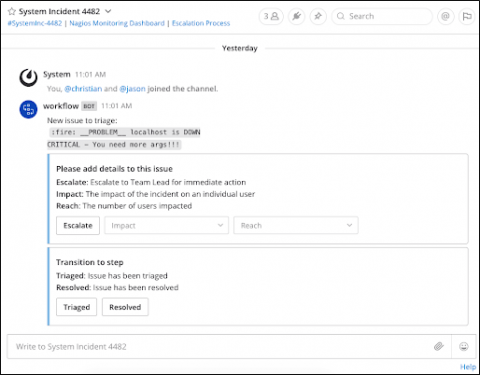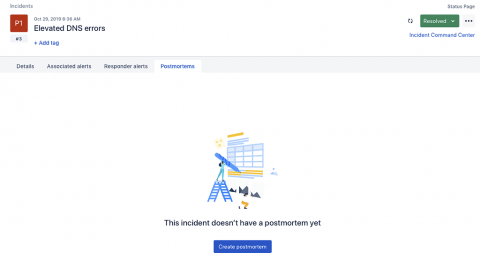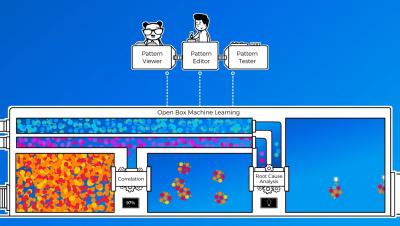Join the alpha program for Mattermost's new Incident Response Workflow app
Is your InfoSec or DevSecOps team ready to resolve issues as quickly as possible? To help accelerate response times, we’re happy to announce the alpha release of the Mattermost Incident Response Workflow application for Enterprise Edition, supported in Mattermost 5.12 and later. The app is designed specifically for incident response and enables you to connect all your workflows, automate repetitive tasks, and collaborate on incidents—all without leaving Mattermost.











